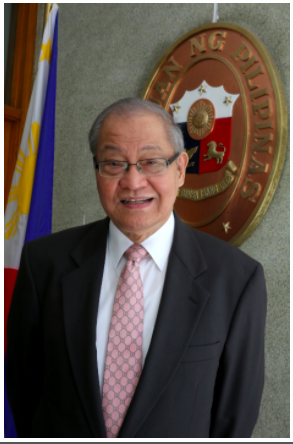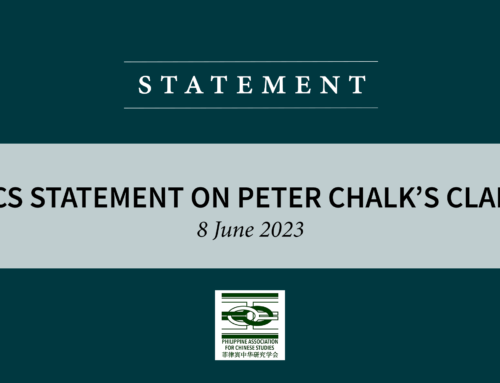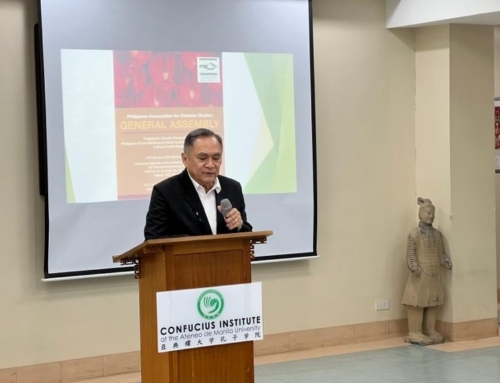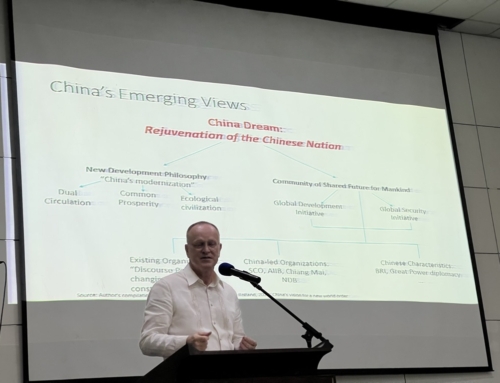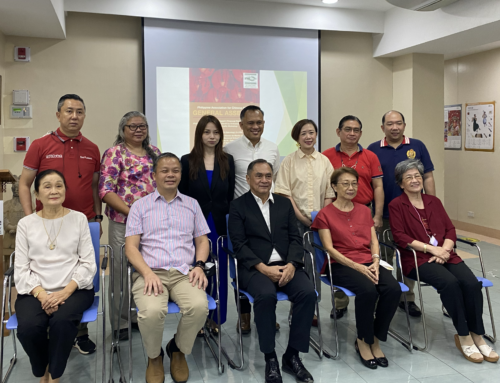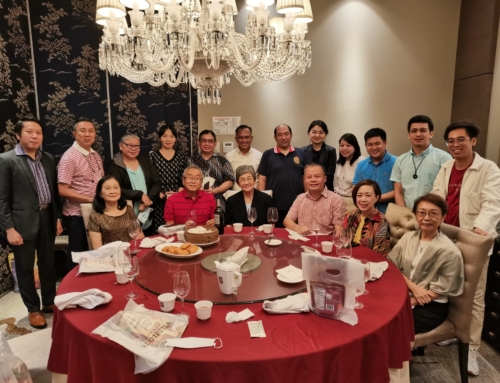Remarks by H.E. JOSE SANTIAGO L. STA. ROMANA on the occasion of the webinar (China-Philippines Relations During COVID-19)
Remarks by
H.E. JOSE SANTIAGO L. STA. ROMANA, Philippine Ambassador to China, on the occasion of the webinar organized by the Philippine Association for Chinese Studies and the Jinan University Center for Philippine Studies with the theme “Building Philippines-China Relations for the Future: China-Philippines Relations During COVID-19″ 0900H-1100H, 27 July 2020
Introduction
Your Excellency Ambassador Huang Xilian, Dr. Zhang Zhenjiang, Dr. Dai Fan, Dr. Rommel Banlaoi, distinguished guests, good morning. At the outset, I wish to thank the organizers of this event for inviting me to deliver a few remarks.
The theme of this event is quite apt as we are meeting under very different circumstances. However, it is important that we adapt and adjust so that we may overcome the challenges presented by COVID-19 to the whole of humanity.
The current pandemic has unfortunately affected the pace of our bilateral cooperation to a certain degree but it has also opened a new dimension in the relations between the Philippines and China. Our two countries helped each other in the early days of the pandemic and continue to do so today. For the Philippines, we were among the first to send medical aid to the Chinese people, especially those affected in Wuhan. On the part of China, a medical team was sent and visited the country for two weeks providing useful advice to counterparts in the health field. China also donated PPEs, ventilators, and testing kits, among others. There were also more than 50 Philippines Air Force flights that flew over SCS to Xiamen, Quanzhou, Changsha, Shenzhen and Shanghai to pick up medical equipment and supplies. These were of great help to the Philippines and the Filipino people in the fight against COVID-19. This level of cooperation should continue, especially as the Philippines is currently experiencing a high number of cases after partially reopening its economy.
Philippines-China Relations
This year is an important one in Philippines-China relations as we commemorate the 45th anniversary of diplomatic relations. Our two peoples have actually had a much longer history of contacts. The Filipino and Chinese people have been interacting, trading, and visiting one another for several centuries prior to the establishment of formal diplomatic ties. Many Filipinos have Chinese ancestry and can trace their roots back to the mainland.
This level of people-to-people exchange continues to this day. Prior to COVID-19 outbreak, China was the Philippines’ second largest tourist market and was on the verge of becoming number one. We have also had a notable increase in Chinese investments in the country, as the Philippines joined the Belt and Road Initiative, which dovetails with President Rodrigo Duterte’s signature initiative, known as the Build Build Build program. This program aims to improve and expand numerous infrastructure projects in the Philippines so as to spur economic development.
China has also been working with the Philippines on development issues as we both strive to achieve the 17 goals and 169 targets as listed in the 2030 Agenda for Sustainable Development. China is one of our most important development partners and Philippines-China cooperation in this regard, is a very good example of South-South Cooperation.
In terms of trade, China has become our number one trading partner and this trend will likely continue. Regionally, ASEAN countries are looking forward to expanding the economic relationship with China and other trade partners via the Regional Comprehensive Economic Partnership. The potential of RCEP for global growth and trade is significant and could help fuel global economic growth once the effects of COVID-19 subside and the global economy rises from it.
It is my belief that the Philippines-China relationship, elevated to the level of comprehensive strategic cooperation in 2018 after the State Visit of President Xi Jinping, will continue to develop and grow in spite of COVID-19. The economic and development partnership is important to both sides, especially as we both implement measures to restart our respective economies in the face of COVID-19.
The overall bilateral relationship is a positive one and there are many areas for cooperation and engagement that can be pursued. As in any relationship, however, there are a few differences. The West Philippines Sea is one such issue. There are contentious issues between the Philippines and China with regard to this matter, but there is a clear understanding between the two sides that the disputes are not the sum total of the Philippines-China relationship and should in no way be a hindrance to the continuing development of other areas in the bilateral relations. More importantly, there are mechanisms in place for the two sides to openly discuss and manage the differences, and continue to find solutions, as well as the way forward on this issue.
Closing
In closing, I wish to stress the positive overall status of the bilateral relationship between the Philippines and China. In spite of or maybe even because of the difficulties brought upon by COVID-19, our two countries will continue our constructive engagement as we strive to assist each other in order to ensure economic recovery and achieve our respective development goals, for the benefit of the Filipino and Chinese peoples.
I thank you for your kind attention and wish you a pleasant morning.
PACS2020-08-04T11:33:56+00:00
Share This Story, Choose Your Platform!
